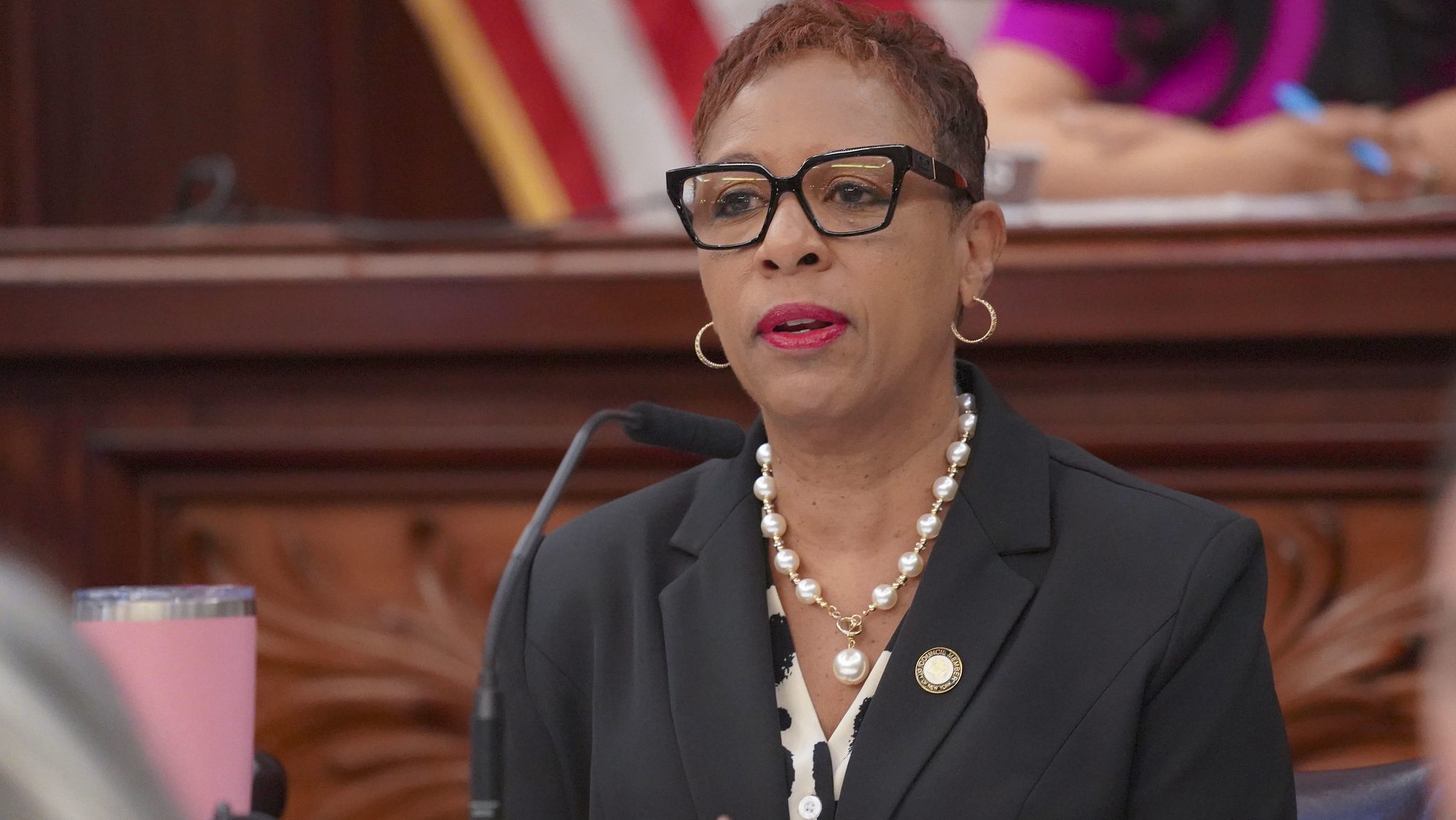Hours after the Tri-State Transportation Campaign released a report yesterday identifying New York's deadliest roads, 13 AARP volunteers surveyed part of Third Avenue in an effort to make walking in New York safer.
The surveyors braved the January cold to spend their afternoon standing on the corner of Third and 49th Street, clipboards and stopwatches in hand, documenting the conditions at the intersection. Tri-State's report revealed that nine pedestrians were killed on Third Avenue between 2006 and 2008, making it one of the deadliest streets for pedestrians in downstate New York. A 58-year-old man was killed at the survey site on February 21, 2008.
Third Avenue is seven lanes wide at this location, so it's perhaps no surprise that so many tragedies occur there. Small fixes, though, could make a big difference. Volunteer Marlene Ramsey identified the crosswalks, badly in need of repainting and more visible zebra stripes, as the biggest problem with the intersection. Standing next to her, Alice Wade requested countdown timers for walk signs. Without them, she said, "I have to rush across the street and be scared I'll fall."
Some of the surveyors had personal experience with the hazards of Third Avenue. Volunteer Bobby Lee, who lives between Second and Third Avenues, explained his motivation for fighting for safer streets. "There was an older adult in my neighborhood who got run over by a bus," he said. "The bus driver was traumatized and the older adult was dead." Susan Ryckman, who lives on Third Avenue, reported, "I had two close calls walking here today. It really is dangerous."
The survey results will be released in the near future, and AARP will send the findings to NYCDOT in hopes of making Third and 49th safe for pedestrians. But the work won't end there. The volunteers, all of whom were new to transportation activism, will soon put their experience to work on their own blocks, conducting walkability surveys.
AARP volunteers from the other four boroughs, as well as from nearby suburban counties, will also perform similar surveys. Together, says AARP's Will Stoner, these activists will help advocate for a statewide complete streets bill in Albany in the current legislative session, part of a campaign for livable streets at the local, state, and federal levels that should pay big dividends for all street users. "If you design a roadway for someone older," said Stoner, "it'll be safer for people with baby carriages or really anyone else."





